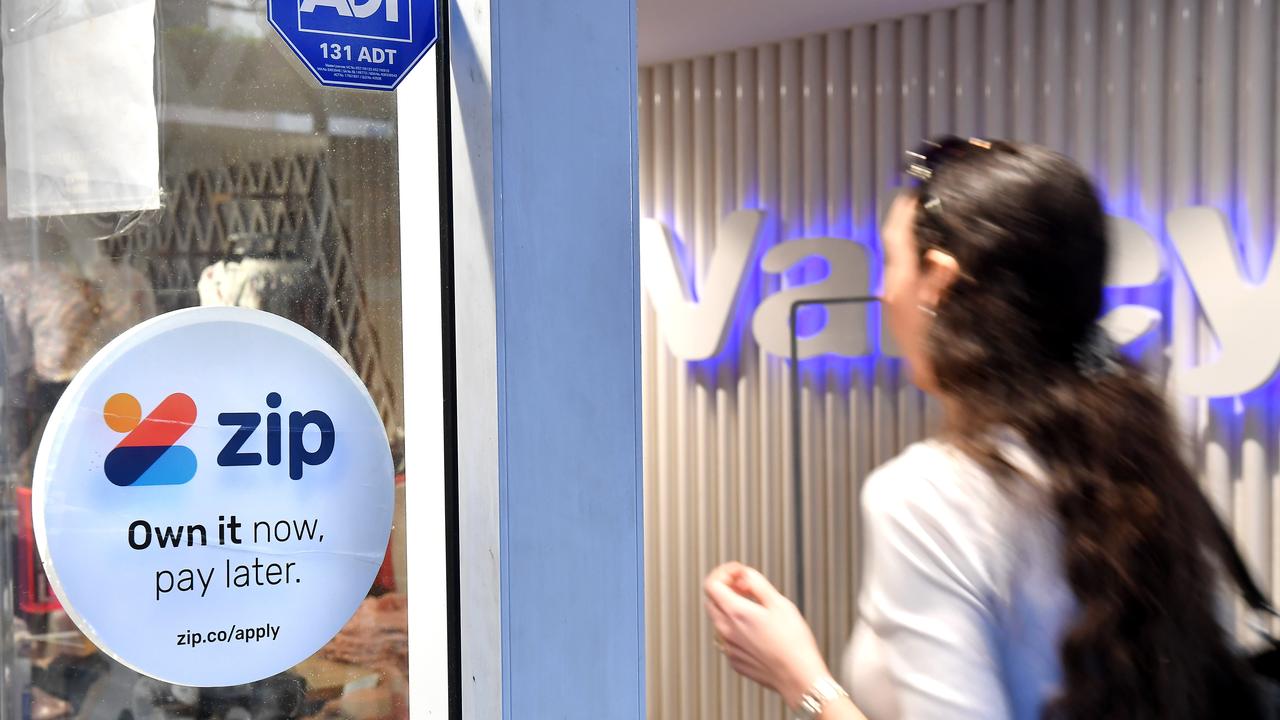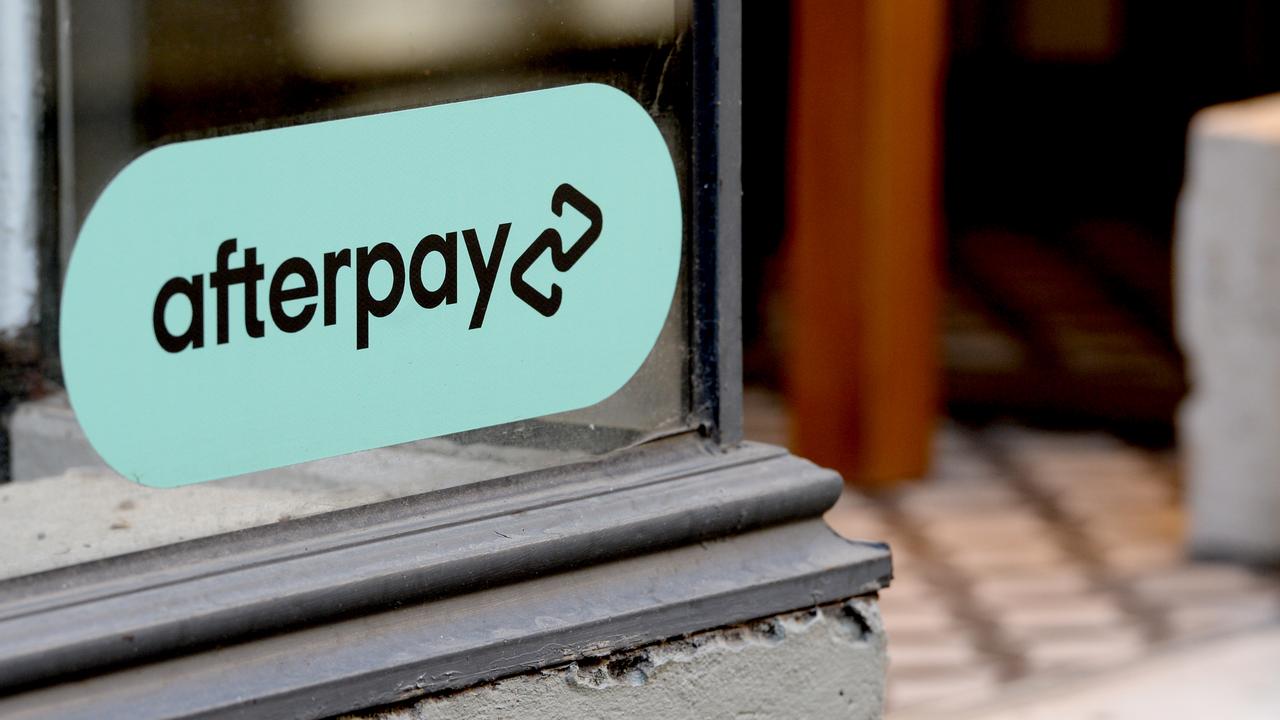You'd have to think that loss making companies are no longer forgiven especially after the sector has lost its darling status.
It is a reminder that every darling sector has a used by (or expiry) date, and when they lose favour they fall pretty hard.
No one could ever imagine that Zip Co could lose 93% of its value in just under 15 months. How did the market get this BNPL sector so wrong? Well 15 months ago, not making money as a business model was all good, you just had to demonstrate growth. Growth stocks fell out of favour after the cheap money regime ended and markets once again returned their focus to fundamentals.
Set to 5 year view
ZIP Stock Price and Chart — ASX:ZIP — TradingView
Tells you market perception always changes and as investors, we need to understand changing market narrative. What used to be fashionable -e.g strong revenue growth without a near path to profitability was ok during the good times as we'd imagine them to be the future Amazon and we have all the time to wait for them to be cashflow positive because interest rates were zero.- is no longer so, therefore you can no longer afford to gauge the worth of your stock based on those prior narratives. For that matter, there are lots of ASX tech stocks out there with growth but waning profitability outlook and even the best of results only saw a short dead cat bounce and their massacre continues.
Set to 5 year view
PME Stock Price and Chart — ASXME — TradingView
Today we saw PME chart breaking down, this is an excellent health tech stock but trading at very high PE multiples. Reversion to the mean in progress. I see a small Christmas tree in the chart, and a bigger one looming.
Why Afterpay and Zip’s stock market value has taken a battering
The buy now, pay later sector has taken a battering on the stock market and further “headwinds” have experts questioning whether they will ever recover.
Sarah Sharples
@s_sharples
2 min read
May 25, 2022 - 2:01PM
The buy now, pay later sector has experienced one of the biggest dives in fortune on the stock market after originally being celebrated by investors.
The big players such as Zip have gone from eye-watering valuations during the pandemic last year to dramatically plunging in 2022.
Zip had a market capitalisation of about $6 billion – which was more than retailer JB Hi-Fi – but this has since plummeted to around $600 million, a staggering 87 per cent decline in the share price compared to last year.
Zip shares now sit around 87 cents in May versus $14.53 a year ago.
Afterpay recorded a net loss of $345.5 million over the six months to December 31, 2021.
That’s a considerable decline from its previous half-yearly results, where it shed $79.2 million in the first half of 2021.
In all, that means the company’s losses ballooned by 336 per cent.
Buy now pay later Zip and Afterpay signs on shop fronts in Brisbane. Picture: John Gass/NCA NewsWire
As a result, Afterpay’s US owner Block has seen its shares drop by a whopping 60 per cent in a year.
The drop in values has seen the sector scrambling to move into new services to attract customers.
Afterpay announced it was moving into even more services such as restaurants, butchers and hairdressers as it targets “bricks and mortar” retailers, while consumer advocates warned its latest offering is “dangerous”.
Zip also signed a deal with Qantas introducing its four repayments to purchase flights.
Grant Halverson, CEO of Financial Services, said Australian BNPL stocks have lost just over $41 billion in shareholder value in one year.
“It’s a total rout,” he said, adding the sector had dropped from 12 providers down to eight in the past year.
“Some of the headwinds are: increase funding costs, consumers spending less on stuff, competition, regulation, and the dramatic change in stock markets – it’s a tough ask,” he added.
Block will introduce AfterPay payments at its point of sales system across Australian and the US on Wednesday. Picture: Supplied
Omkar Joshi, portfolio manager at fund management company Opal Capital, described BNPL shares as existing in a “bit of a bubble” previously but said current market valuations were more sensible.
“We’ve seen the crazy behaviour in the market, and now we’re coming back to where it should have been,” he told the Sydney Morning Herald.
He said with rising interest rates and a slowing economy, the first areas to register higher customer defaults was unsecured loans such as are offered in the BNPL sector causing concerns for investors.
Players like Afterpay and Zip have also never delivered a profit and investors have been spooked by stocks that might not pay out dividends for years and are instead turning to higher returns on bonds.
Meanwhile, UBS analyst Tom Beadle has cut the price target for Zip shares to 90c – slightly above their trading amount this week.
Afterpay logo in a shop window on Little Collins Street, Melbourne. Picture: Andrew Henshaw/NCA NewsWire
In November last year, Afterpay also revealed it would be available in 160 pubs across Australia which alarmed consumer advocates who said it could lead to a “debt spiral” for people.
Experts have previously predicted potential “carnage” for the buy now, pay later sector as providers burn through cash, bad debts balloon and customers retreat from using the service – a model which they say isn’t sustainable.
- Forums
- ASX - General
- Its Over
Its Over, page-12813
-
- There are more pages in this discussion • 10,286 more messages in this thread...
You’re viewing a single post only. To view the entire thread just sign in or Join Now (FREE)
Featured News
Featured News
The Watchlist
MTL
MANTLE MINERALS LIMITED
Nick Poll, Executive Director
Nick Poll
Executive Director
SPONSORED BY The Market Online







